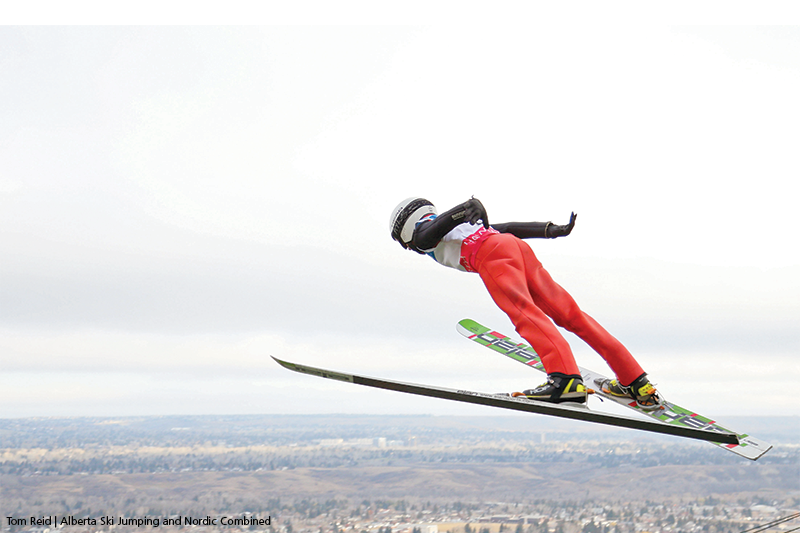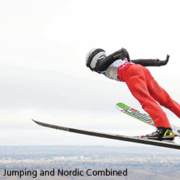From Inspiration to Action: How to Build Accessible, Inclusive Social Legacies at Any Sport Event

At the end of every sport event—when the crowds disperse, the medals are packed away, and the headlines fade—what remains? For many communities, the true legacy isn’t in the podium photos but in the quieter, longer-lasting changes: a new pathway into sport for equity-deserving youth, jobs for people who’ve been excluded from the workforce, or a facility that welcomes everyone regardless of ability.
SIRC’s recent feature on the lasting social impact of mega sporting events put a spotlight on this very question, especially around accessibility and inclusion. It made one thing clear: inspiration is important, but without deliberate action, its effects quickly fade.
That’s where Sport for Life’s and the Edmonton Sport Council’s Building Social Legacies resource comes in—a practical, eight-step framework for turning the vision of inclusive, accessible sport into a reality, no matter the size of your event.
Why Social Legacies Matter
Legacy discussions often focus on economic boosts and new infrastructure. While important, they tell only part of the story. Social legacies, defined by Sport Canada as “positive impacts that foster improvements in an individual’s circumstances, opportunities, engagement, awareness, and overall health, particularly those of equity-deserving groups,” are just as vital.
These are the changes that shift community culture: grassroots programs that last, new volunteer networks, better access to sport for people with disabilities, and sustained engagement from groups often left out of the conversation.
But they don’t happen by accident. They require intention, early planning, and partnerships built to last beyond the closing ceremonies.
Making Accessibility and Inclusion Non-Negotiable
The SIRC article rightly highlights that events can transform attitudes toward disability and foster inclusive opportunities. Our framework offers the how:
- Hire inclusively — Set measurable hiring targets for equity-deserving groups, as London 2012 did, surpassing its disability employment goal and influencing national hiring trends.
- Engage early — Build relationships with local disability organizations, Indigenous communities, newcomer agencies, and youth programs during the bid stage, not afterward.
- Design for access — Include diverse voices in decisions about facilities, programming, and cultural representation. Accessibility spans physical, social, and financial barriers.
- Tell the human stories — Through media, events, and social channels, showcase the personal impact of inclusion. Changing perceptions starts with real voices.
By embedding inclusion into an event’s DNA, hosts can leave legacies that last decades—not months.
From Vision to Action: The Eight-Step Framework
Legacy conversations often get pushed aside by budget pressures and technical demands. Our framework keeps them front and centre:
- Identify Your Legacy – Choose one to three achievable legacies that address community needs and align with event opportunities.
- Create the Team – Appoint champions with authority and passion to lead the work.
- Plan Your Social Legacy – Set goals, objectives, targets, and a sustainability plan.
- Communicate for Buy-In – Tailor messages for stakeholders, funders, and partners.
- Empower Broad-Based Action – Build networks that can carry initiatives forward.
- Create Quick Wins – Deliver early successes to build momentum.
- Maintain the Priority – Keep legacies on the agenda as pressures mount.
- Create a Culture of Legacy – Embed legacy thinking into every function of the organization.
Real-World Impact
We’ve seen this approach succeed at every level:
- A parasport championship that paired school visits with athlete meet-and-greets, transforming how youth viewed disability and sport.
- A multisport games host that trained and hired equity-deserving youth, giving them transferable skills and confidence.
- A regional triathlon series that developed “try-it” programs for children in low-income communities, inspiring ongoing participation.
Each story underscores the same truth: legacies are built through intentional choices, not chance.
Moving Forward
The SIRC article challenged us to consider what happens after the medals are awarded. Our resource provides the blueprint to make it happen, transforming short-term inspiration into long-term change.
Because when the final whistle blows, a truly successful event leaves more than memories. It leaves communities that are more inclusive, more connected, and better prepared to welcome everyone into the world of sport.
Explore the full Building Social Legacies resource at sportforlife.ca/social-legacies and start turning inspiration into action.

